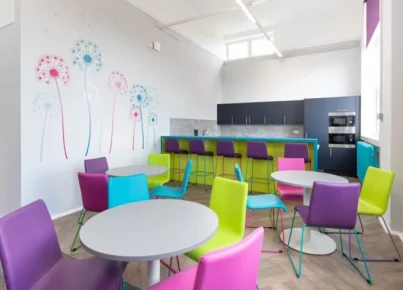Introduction:
The design and layout of a school play an essential role in setting the tone for the learning environment. Through careful planning and taking note of the experiences of those who have successfully done it, an optimal school design can be achieved. This article highlights sage advice from three principals who have successfully designed their respective schools.
1. Principal A – The Importance of Flexibility
Principal A emphasizes the need for flexible spaces in a school’s design. To adapt to different teaching and learning styles, she recommends that classrooms be equipped with movable furniture and partitions. By making use of these versatile elements, the school can quickly transition between various interactions – group work, individual study zones, or whole-class discussions.
Advice from Principal A:
– Invest in modular furniture that can be rearranged as needed.
– Create spaces that allow for different learning dynamics.
– Allocate room in the design for future expansion or variation.
2. Principal B – Prioritizing Natural Light and Open Spaces
In his experience with redesigning his school, Principal B has learned that natural light and open spaces are critical aspects to consider when creating a conducive learning environment. He argues that large windows, skylights, and open corridors promote a sense of well-being among students and staff.
Advice from Principal B:
– Ensure classrooms have large windows for natural light.
– Incorporate outdoor spaces, such as courtyards or terraces.
– Utilize transparent materials like glass walls to create a sense of openness.
3. Principal C – Integrating Technology and Collaboration
As an advocate for modern education methods, Principal C believes that technology should be seamlessly integrated throughout the school’s design. He suggests that students should have easy access to digital devices and resources at any time during their lessons to encourage collaboration.
Advice from Principal C:
– Plan spaces around technological needs, such as charging stations and strong Wi-Fi connectivity.
– Incorporate interactive whiteboards, digital projectors, and other digital learning tools in classrooms.
– Organize training sessions for staff to feel confident using technology in their teaching strategies.
Conclusion:
The advice from these three successful principals demonstrates that flexibility, natural light, open spaces, and the integration of technology are essential elements to consider when designing a school. By implementing these strategies in school planning, educators can create an inspiring and adaptive space for students, foster more engaged learning experiences, and prepare students for future success.




